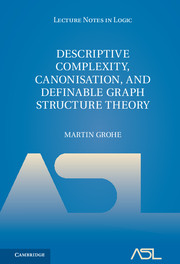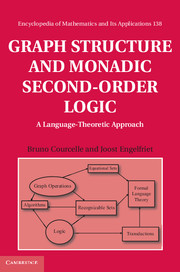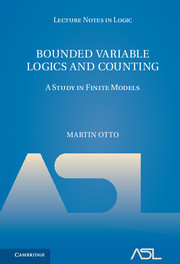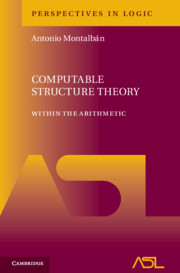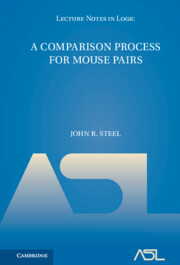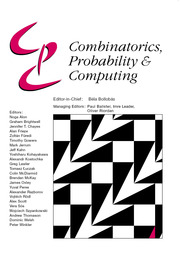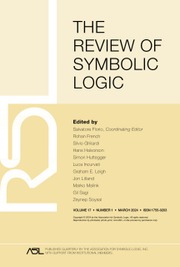Descriptive Complexity, Canonisation, and Definable Graph Structure Theory
Descriptive complexity theory establishes a connection between the computational complexity of algorithmic problems (the computational resources required to solve the problems) and their descriptive complexity (the language resources required to describe the problems). This groundbreaking book approaches descriptive complexity from the angle of modern structural graph theory, specifically graph minor theory. It develops a 'definable structure theory' concerned with the logical definability of graph theoretic concepts such as tree decompositions and embeddings. The first part starts with an introduction to the background, from logic, complexity, and graph theory, and develops the theory up to first applications in descriptive complexity theory and graph isomorphism testing. It may serve as the basis for a graduate-level course. The second part is more advanced and mainly devoted to the proof of a single, previously unpublished theorem: properties of graphs with excluded minors are decidable in polynomial time if, and only if, they are definable in fixed-point logic with counting.
- Contains original results which use methods from finite model theory to show the interaction between graph theory and computational complexity
- Includes a wealth of new results, not previously published
- Provides a reference for future research in this area
Reviews & endorsements
'The book is divided evenly into two parts. Part I gives background and definitions of the main notions, and makes the book self-contained. Many results from descriptive complexity theory, and the author's earlier results, are clearly presented. Part II is devoted to the main theorem about graphs with excluded minors. The book ends with a symbol index and an index.' Pascal Michel, Mathematical Reviews
Product details
August 2017Hardback
9781107014527
554 pages
235 × 160 × 36 mm
0.88kg
60 b/w illus.
Temporarily unavailable - available from TBC
Table of Contents
- 1. Introduction
- Part I. The Basic Theory:
- 2. Background from graph theory and logic
- 3. Descriptive complexity
- 4. Treelike decompositions
- 5. Definable decompositions
- 6. Graphs of bounded tree width
- 7. Ordered treelike decompositions
- 8. 3-Connected components
- 9. Graphs embeddable in a surface
- Part II. Definable Decompositions of Graphs with Excluded Minors:
- 10. Quasi-4-connected components
- 11. K5-minor free graphs
- 12. Completions of pre-decompositions
- 13. Almost planar graphs
- 14. Almost planar completions
- 15. Almost embeddable graphs
- 16. Decompositions of almost embeddable graphs
- 17. Graphs with excluded minors
- 18. Bits and pieces
- Appendix. Robertson and Seymour's version of the local structure theorem
- References
- Symbol index
- Index.

